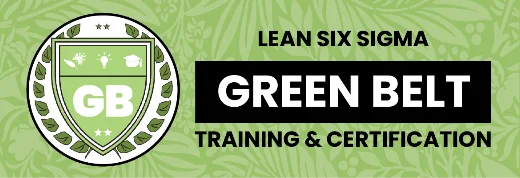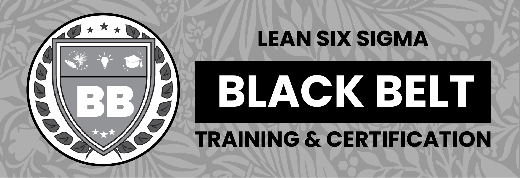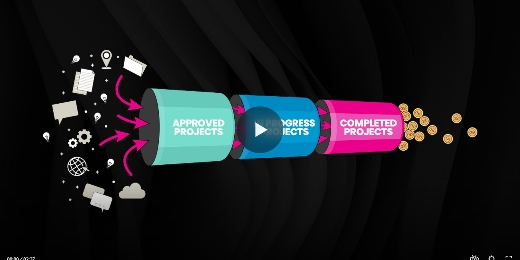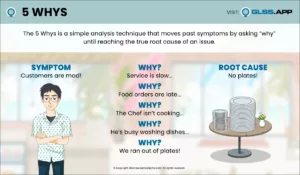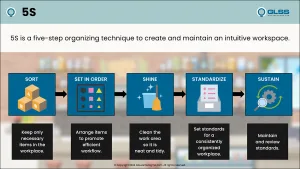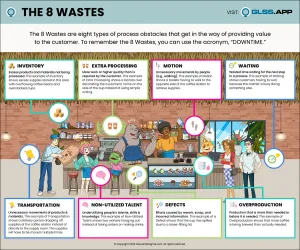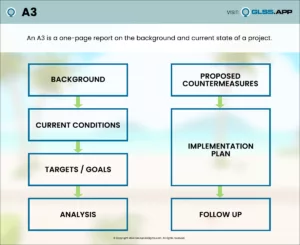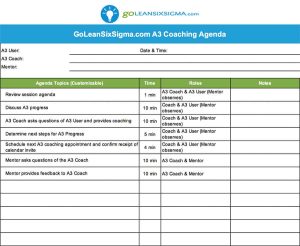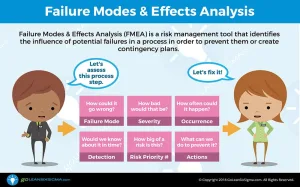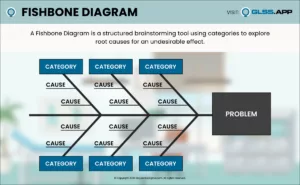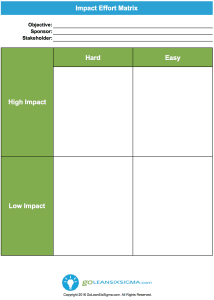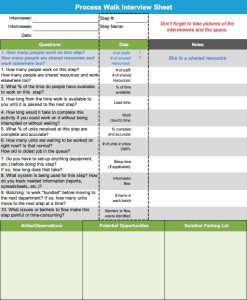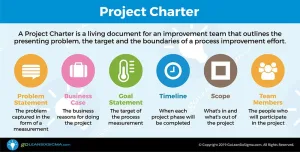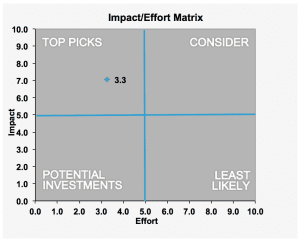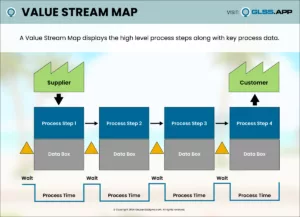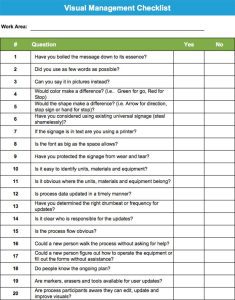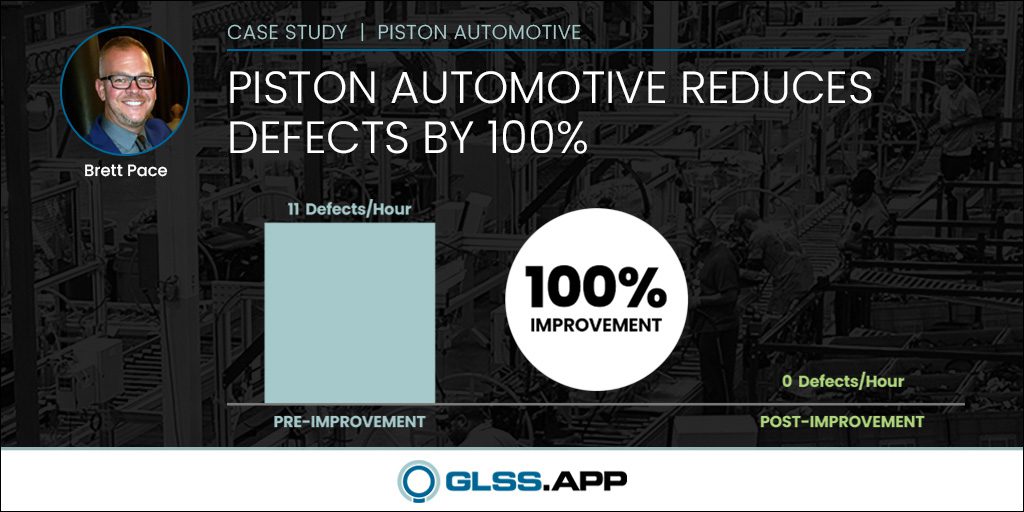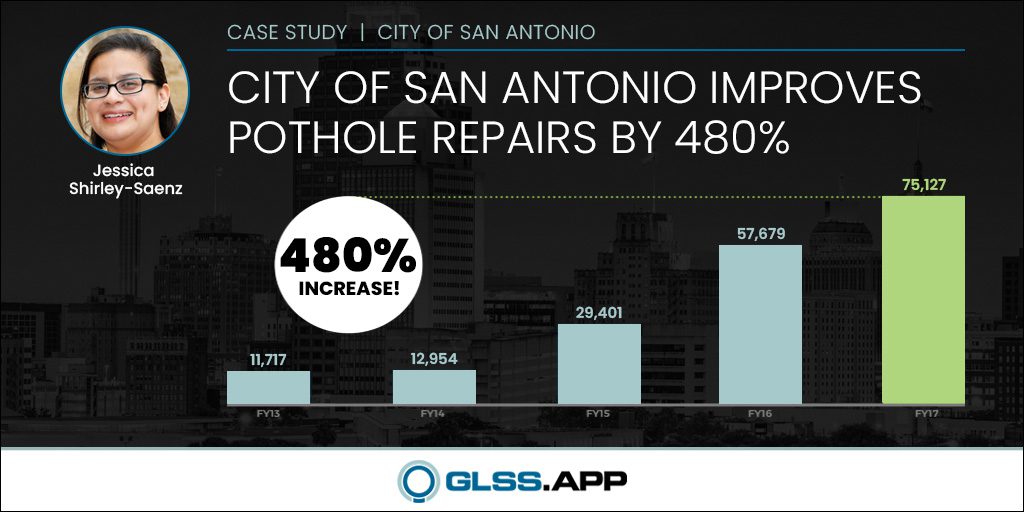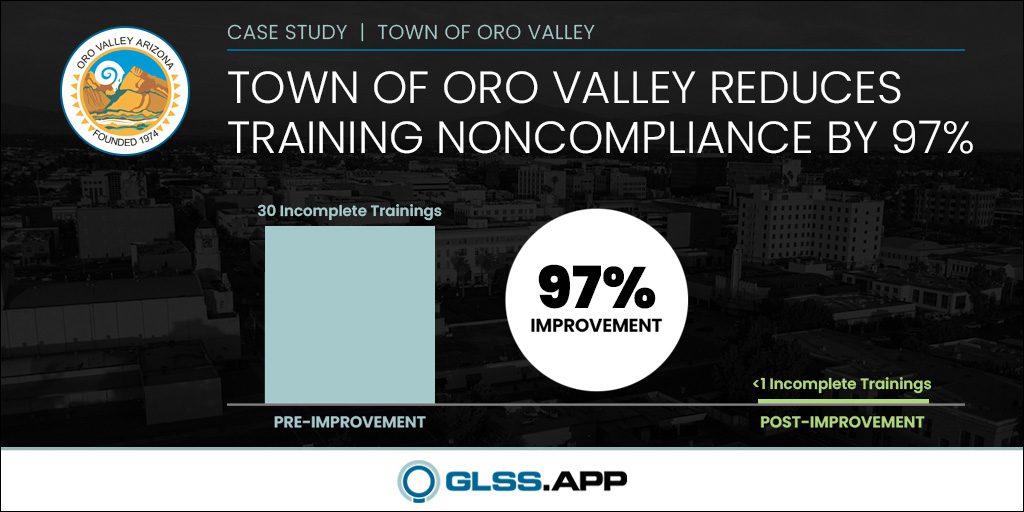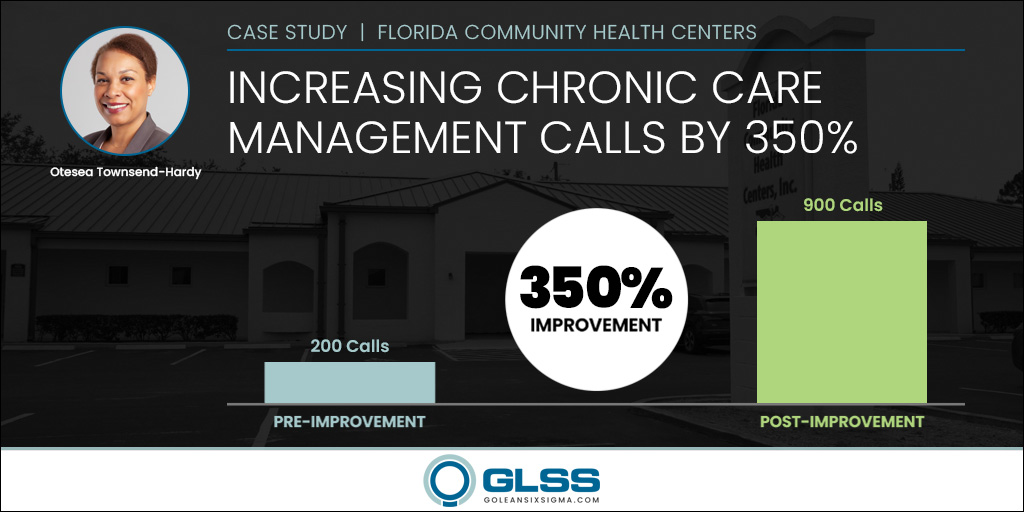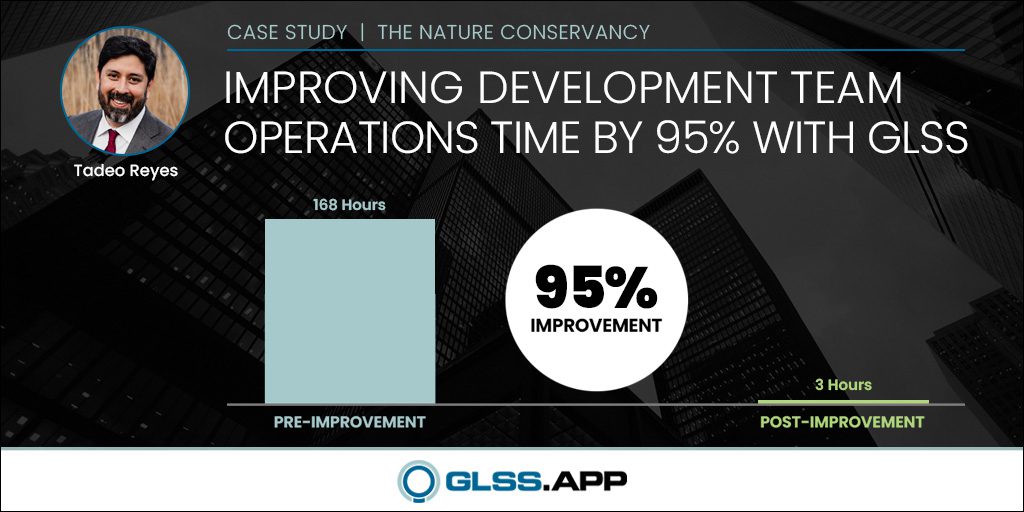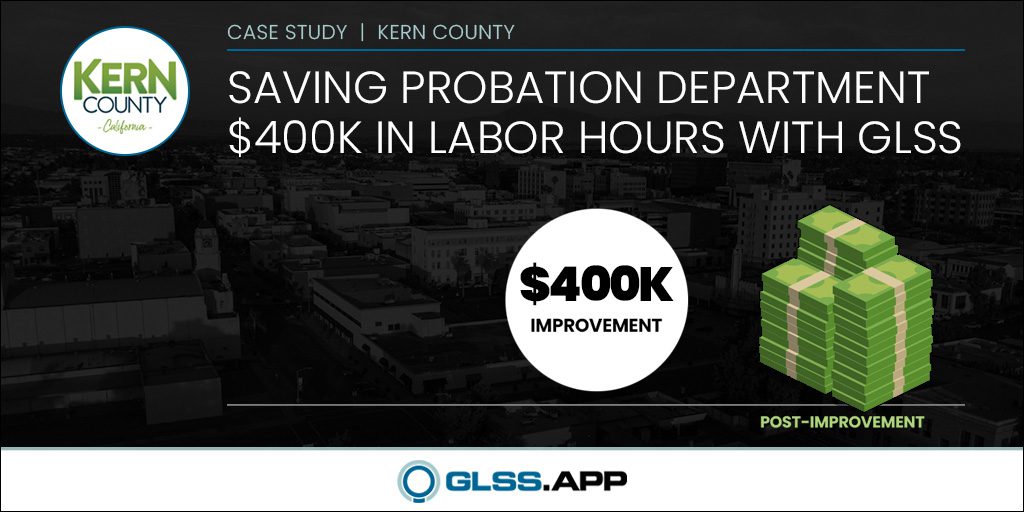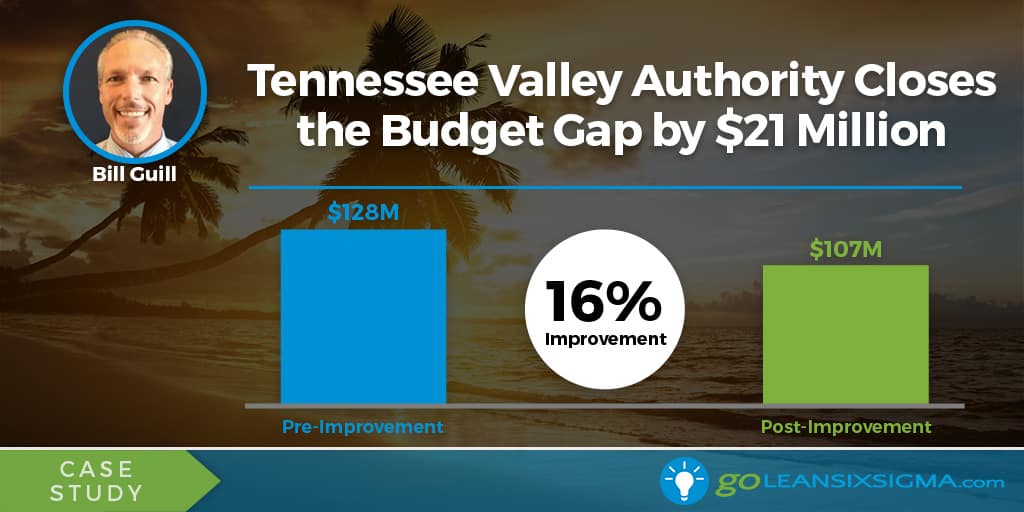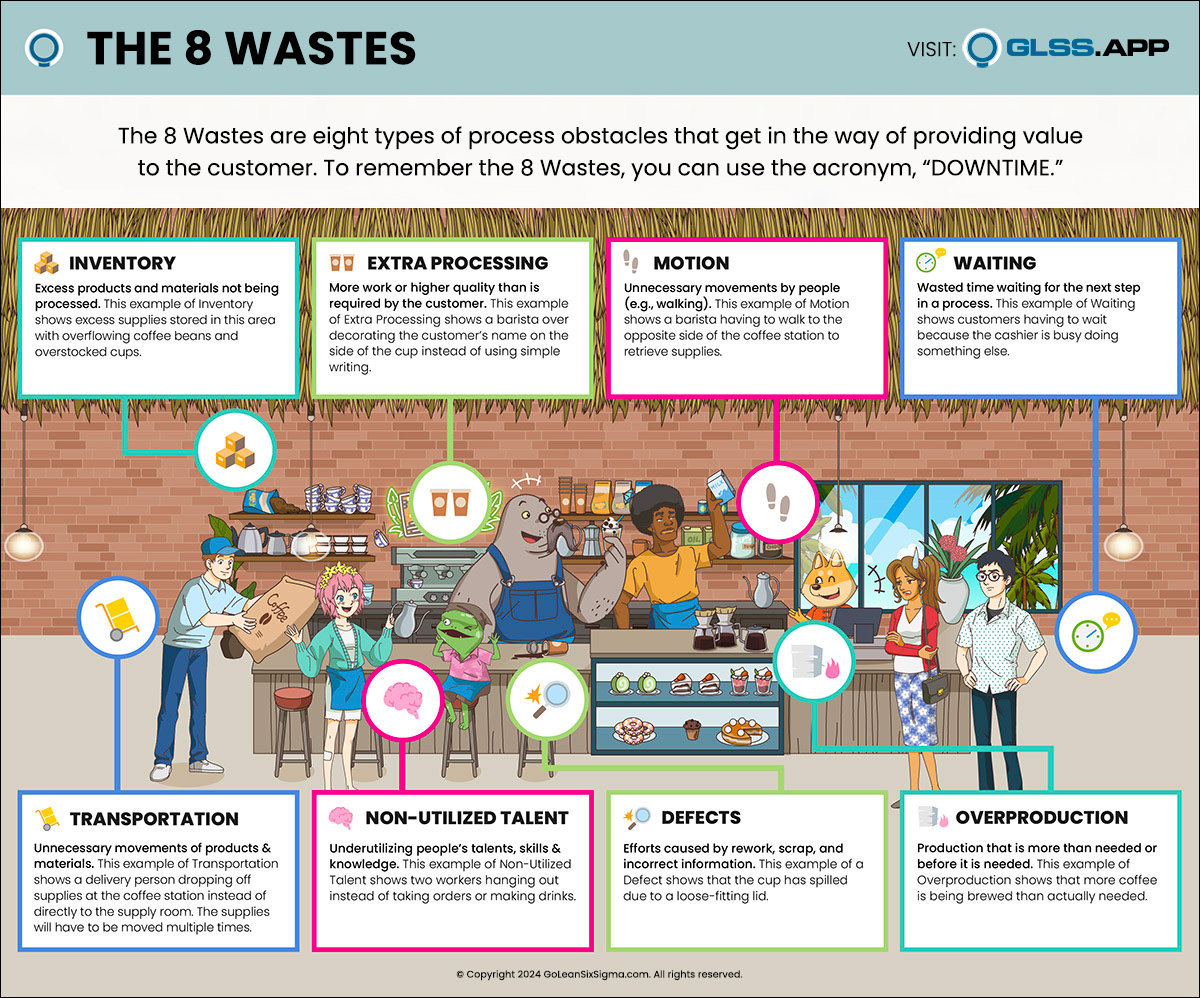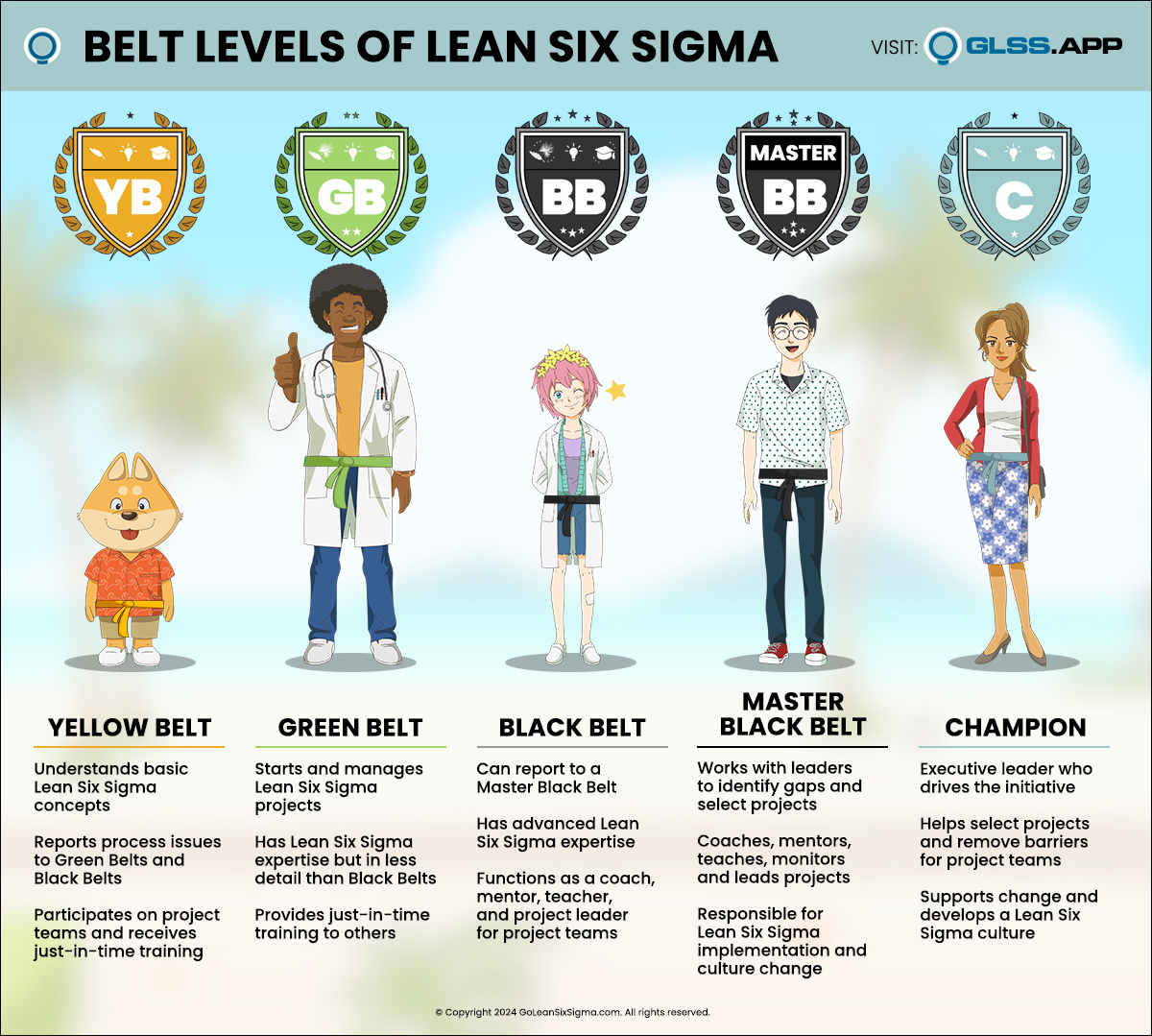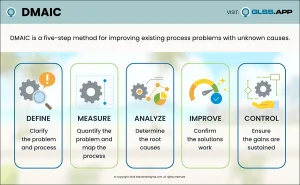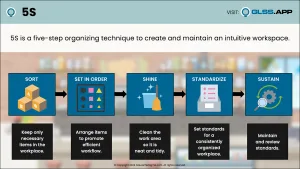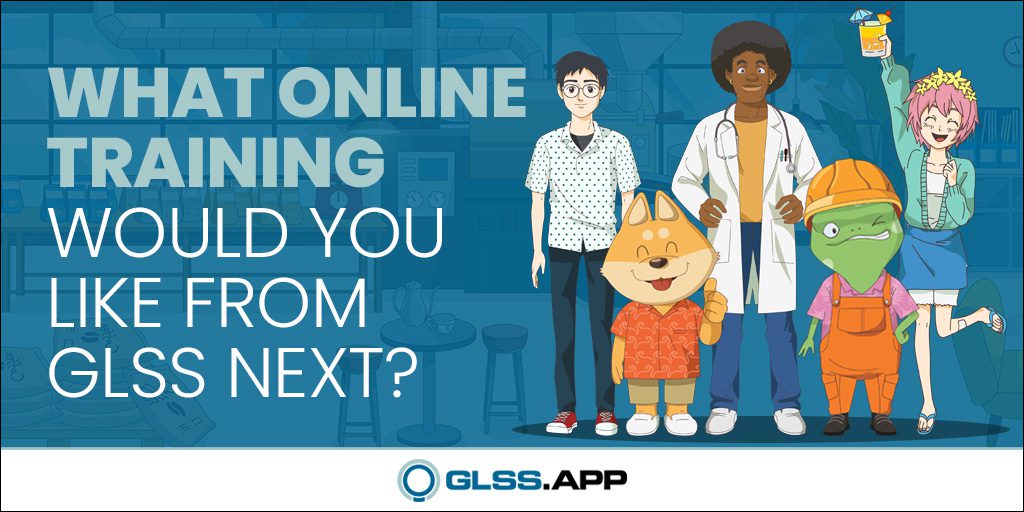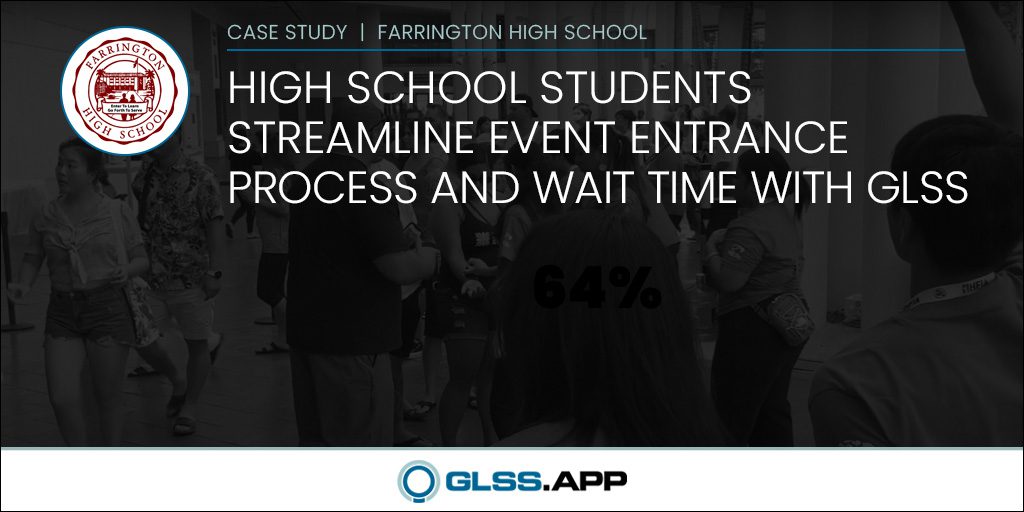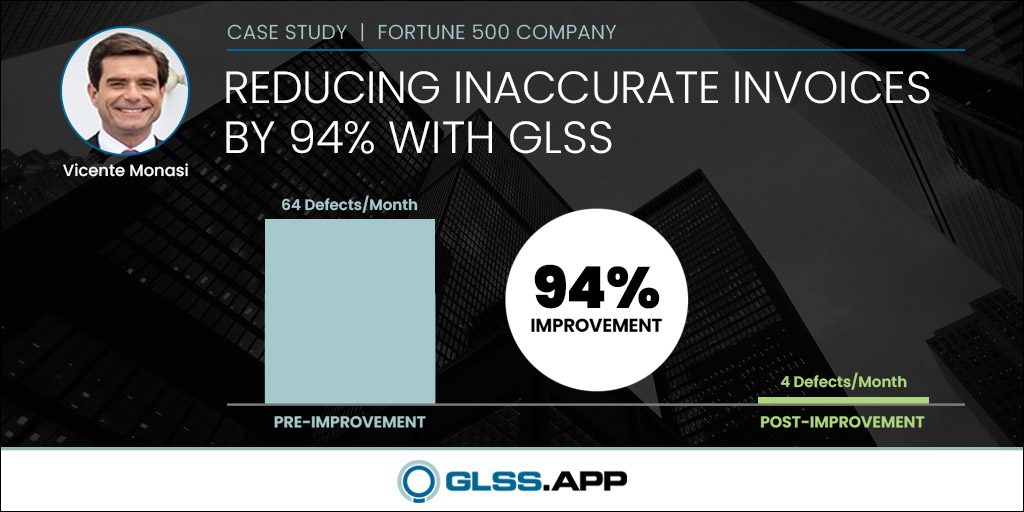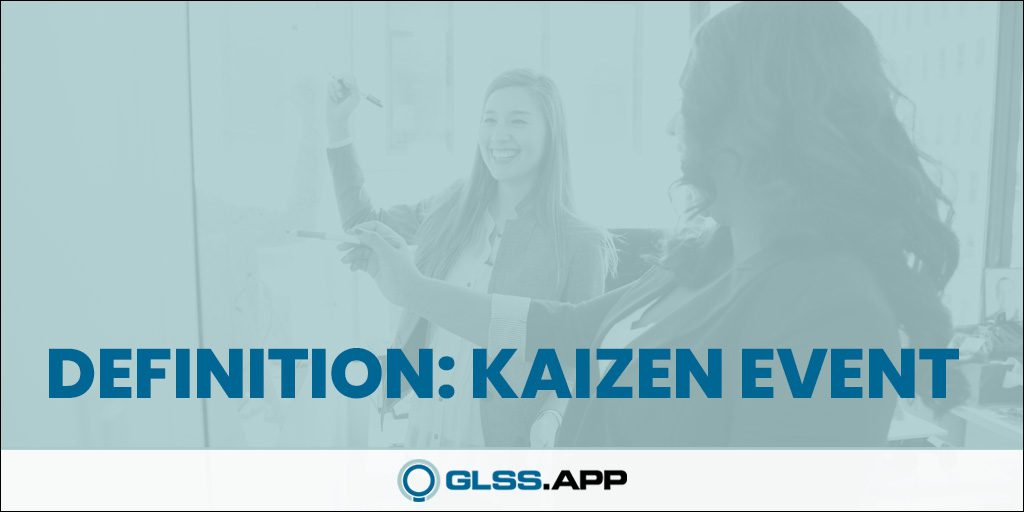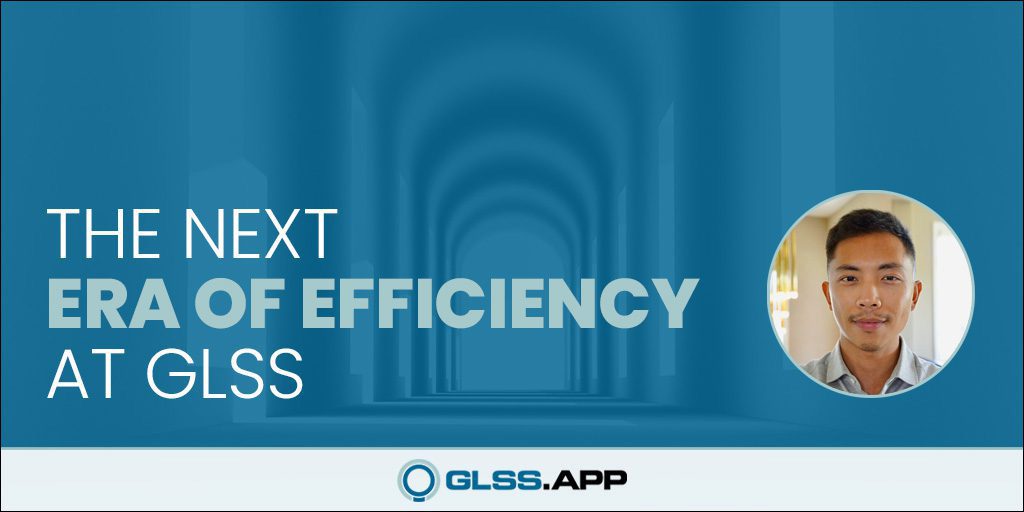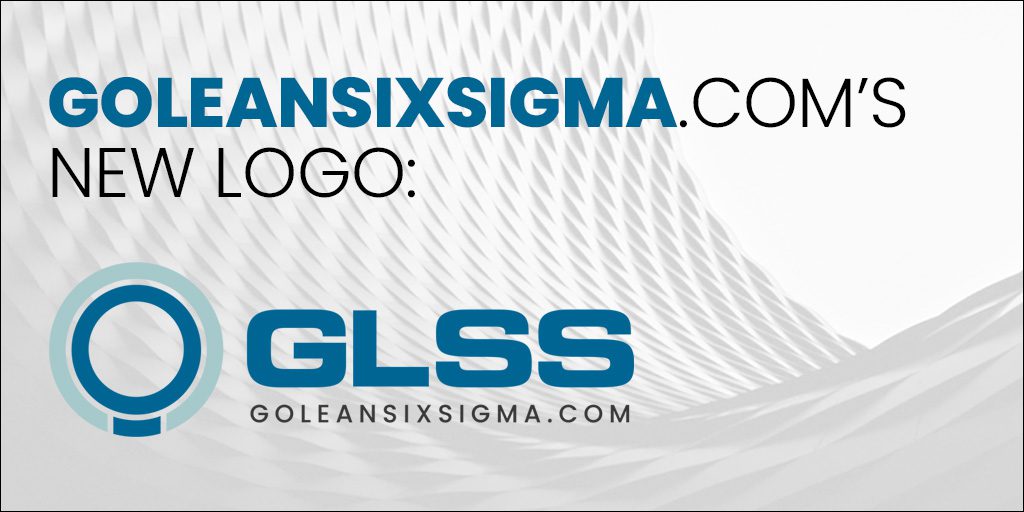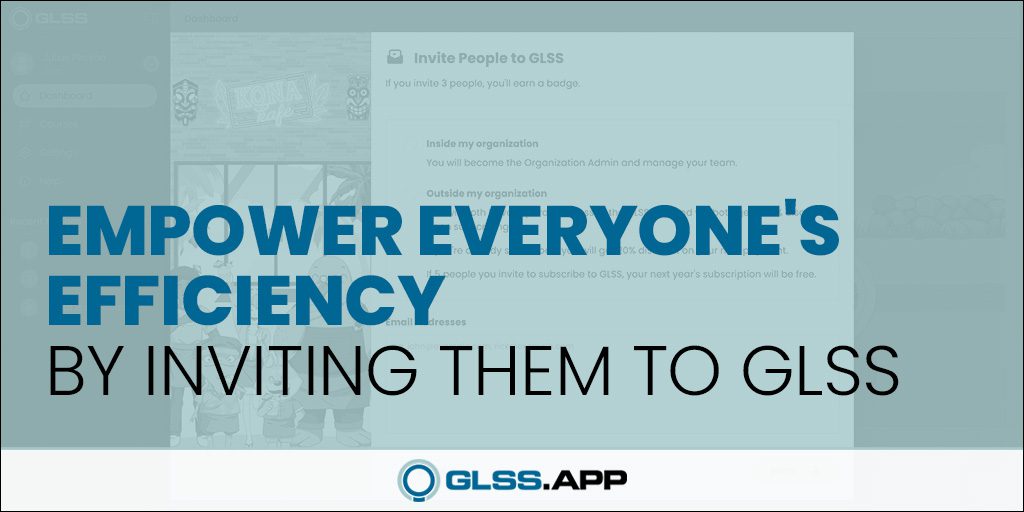summary
What is the Goal Statement Builder?
The Goal Statement Builder Template provides an easy way to build a proper Goal Statement for an improvement project. The template requests the units, the measure, the baseline, target and projected timeline for improvement. Once completed this statement can be inserted into the Project Charter.
What Is a Project Goal Statement?
A Project Goal Statement in Lean Six Sigma (LSS) is one, precise, action-focused sentence that states what you plan to measurably improve in your project by how much and when. It outlines the project’s targets, combining specific outcomes, timelines, and benefits to drive process optimizations and eliminate waste.

It’s a fundamental component of your Project Charter, which you’ll create during the Define Phase of the DMAIC Process.
Here are some Project Goals examples for inspiration:
- Decrease customer wait time from 19 minutes to 4 minutes by 8/20/2025
- Reduce the lead time to produce a complete and correct quote from 7 days to 2 days by 8/20/2025
- Reduce account manager recruiting time from an average of 114 days to 60 days
Crafting Your Goal Statement
If you’ve ever set a goal in your personal life, you’ll know that being SMART (Specific, Measurable, Attainable, Relevant, and Time-Bound) about it is crucial to success.
For example, crafting a goal that states, “I’ll put $200 into a savings account each month,” is much more helpful than saying, “I’ll save more money this year.”
The same goes for Project Goal Statements. You want to write a SMART goal.
Here’s how to write an excellent one:
1. Be Focused
Your Goal Statement isn’t the place to tell the story behind the project—that’s where your Problem Statement or Business Case comes in. Instead, it should be a single statement that answers the following questions:
- What specific measure will demonstrate that you’ve improved? (For example, lead time, defect rate, etc.)
- What is the current value of that measure? (Measurement units such as xx days, xx minutes, xx% defective, etc.)
- How much improvement are you targeting or expecting? (References the same measurement units as the baseline, such as days, minutes, % defective, etc.)
- By what date do you plan to achieve your improvement? (Actual date as opposed to a month or quarter.)
In the end, you’ll have a statement that looks something like this:
Increase/decrease [insert specific measure] from [current value] to [target value] by MM/DD/YYYY.
2. Keep it Short and to the Point
If you’re thinking, “But I have multiple goals,” it’s essential to focus on one and one measurement. This is because different measures tend to be interlinked. For example, if you want to reduce scrap and reduce cost, reducing scrap will typically reduce cost.
The reason for focusing on one goal instead of two is simplicity. If you craft multiple goals, you’ll need to do at least double the work: establishing several baselines, investigating multiple root causes, etc. It’s better to pick the most critical goal first and save the other goal(s) for a future project.
Check out these guidelines on how to craft a Project Goal Statement.
3. Aim for Progress, Not Perfection
Have you ever set an overly ambitious goal like giving up carbs forever or reading 200 books by the end of the year? How did that go? Chances are that the answer is not particularly great.
That’s why goals need to be realistic—and the same goes for Goal Statements. Don’t aim for perfection. Aim for progress, meaning avoid unrealistic goals like one-minute customer wait time. Instead, choose a measure that’s meaningful and manageable.
4. Use Readily Measurable Data
The best Goal Statements tie to readily measurable data. Ideally, you can track performance improvements weekly, if not daily.
Choosing a measure like this is beneficial because it helps you keep the goal at the forefront. Instead of spending a lot of time gathering data and then waiting to demonstrate the impact of your improvement project, it’ll be swift and easy to show the results.
5. Beware Customer Satisfaction Measures
While understanding customer satisfaction levels is helpful for every business, this measure lacks precision and is riddled with bias. After all, customers tend to share feedback only when they’re happy or disgruntled.
A better way to use customer satisfaction for your Goal Statement is to conduct a Pre-Project Voice of the Customer Analysis. Collect data from online reviews and complaints and coordinate the results in a Pareto Diagram, examining the data in terms of frequency and cost.
From there, you’ll likely find that one factor stands out, such as fulfillment time or customer wait time. This measure will form the basis for your Goal Statement.
Aligning Goals with Business Objectives
Process Improvement doesn’t achieve a goal merely for the sake of achieving a goal. It aligns with the business’ broader objectives – what your company wants to accomplish in the coming months or years.
In LSS, Project Goals have three main components:
- Eliminate Waste: Identify and eliminate non-value-added activities, known as the 8 Wastes, in processes to enhance their efficiency.
- Quality Improvement: Reduce defects in products or services to improve customer satisfaction.
- Increase Speed and Efficiency: Streamline processes, reduce cycle time, and deliver faster—all without sacrificing quality.
So you’ll need to consider the Project Selection Process carefully, ensuring your chosen measure supports your company’s broader objectives. Then, in the Business Case section of your Project Charter, you’ll explain this correlation.
Ready, Set, Goal!
To learn more about crafting a Project Goal Statement, check out our free training.
Looking for more hands-on support to move your project from vision to reality? Optimize your Lean Six Sigma projects with our Kure app—an online project management platform that automates the implementation of Lean Six Sigma with AI.

To learn how to use the Goal Statement Builder, check out our Green Belt Training.



